There are several components in the field of visual storytelling that influence the way stories are told. Aspect ratios are one of these components that is essential to understanding the visual language used to convey stories on different devices. Different devices have different screen size and image ratios. Filmmakers, content providers, and marketers alike must consider midjourney aspect ratio when new platforms and technological advancements occurs
Understanding Midjourney Aspect Ratios
Aspect ratios define the proportional relationship between an image or video’s width and height. When it comes to movies and videos and even images, aspect ratios are quite important. They have a crucial role in directing viewers’ attention, creating moods, and framing situations. Midjourney Aspect ratios used in the production process to maximize the visual storytelling experience on several displays and platforms.
Different Aspect Ratios of MidJourney
1:1 (Square aspect ratio)
- Popular on social media platforms like Instagram for posts and profile pictures.
- Useful for showcasing symmetry and centered compositions
3:2 (Classic 35mm Film aspect ratio)
- Historically used in 35mm film cameras.
- Commonly seen in printed photographs and some digital cameras.
4:3 (Standard Digital Camera aspect ratio)
- Traditional aspect ratio for digital cameras and some smartphones.
Commonly used in presentations, TV screens, and some social media platforms.
16:9 (Widescreen aspect ratio)
- Standard for most HD televisions, computer monitors, and video content.
- Ideal for viewing multimedia content, movies, and YouTube videos
9:16 (Vertical video aspect ratio)
- Suited for smartphone usage and social media stories (Snapchat, TikTok, etc.).
- Ideal for capturing and sharing vertical content on mobile devices.
2:3 (Portrait-oriented aspect ratio)
- Often used in printed photographs, especially for portraits and vertical shots.
- Commonly seen in some digital cameras and for framing portrait-oriented images.
Beautiful Examples of Different Aspect Ratios
1:1 (Square aspect ratio)
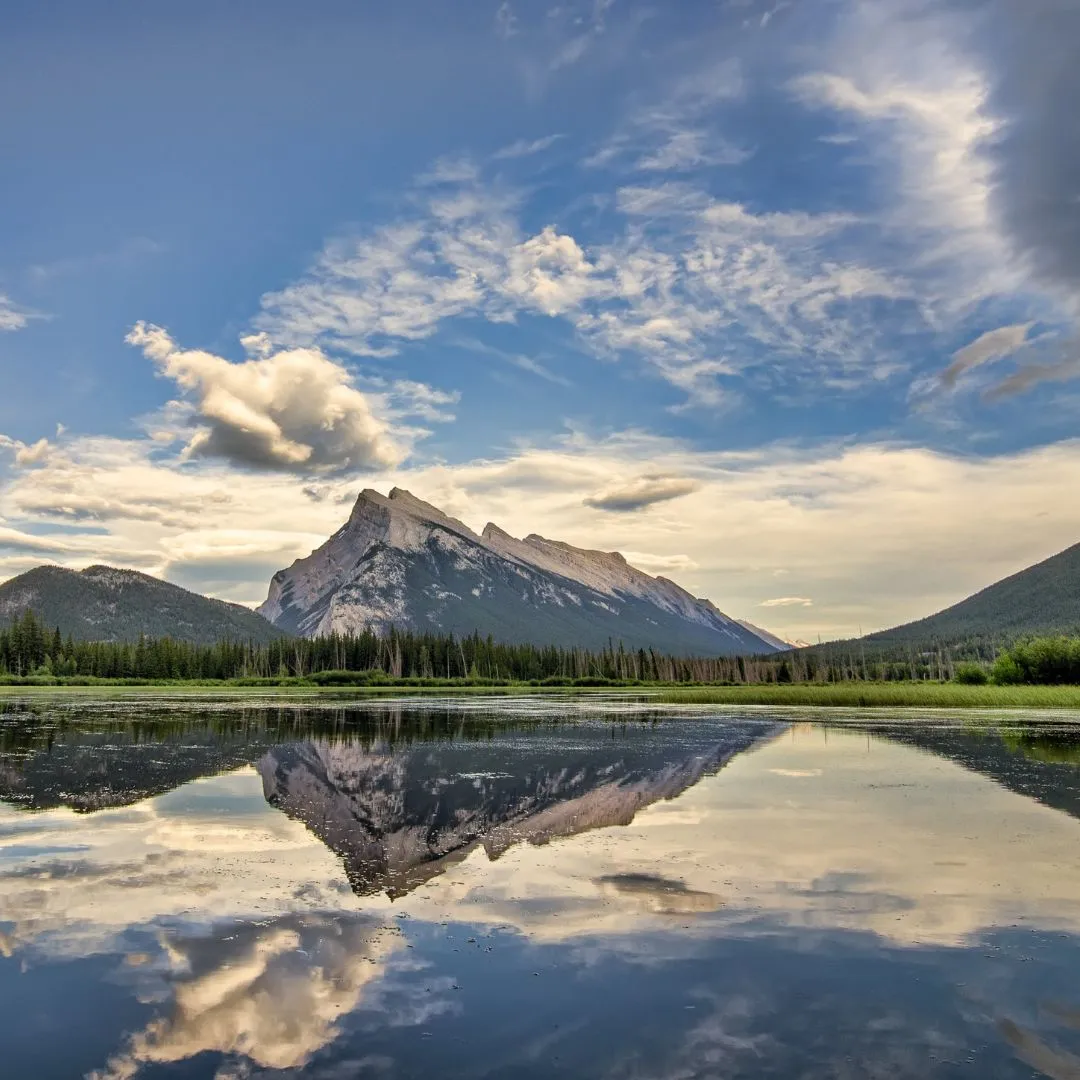

16:9 (Widescreen aspect ratio)
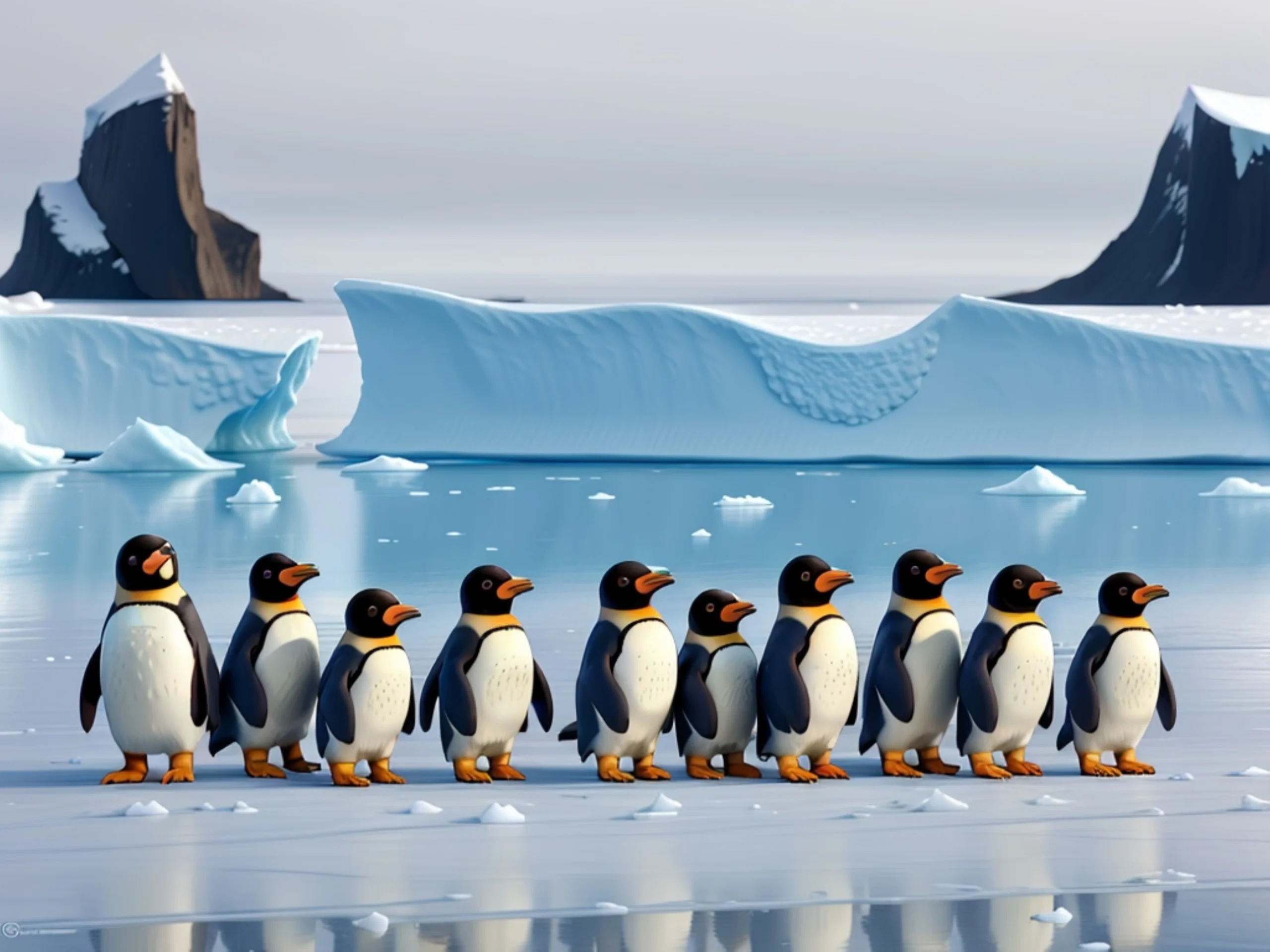
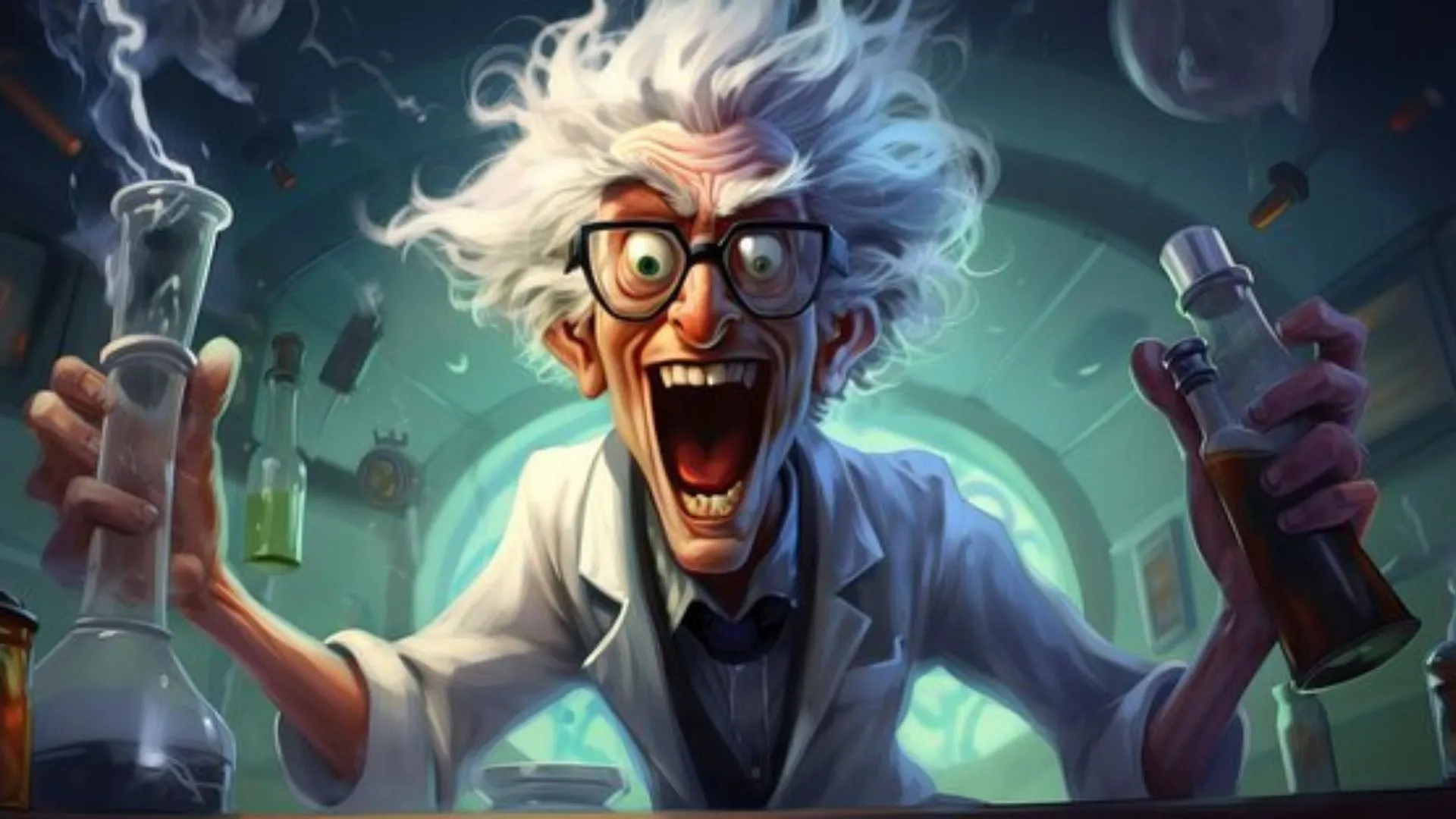
3:2 (Classic 35mm Film aspect ratio)
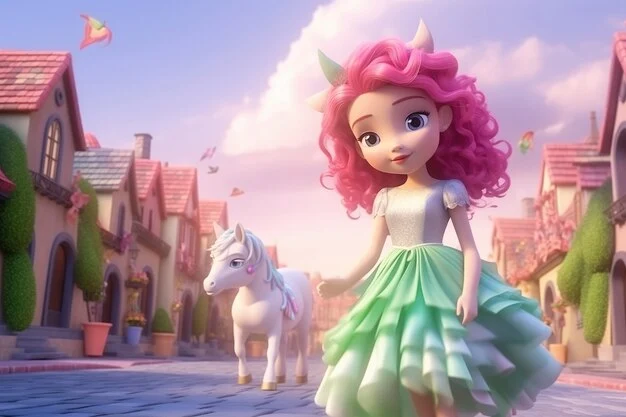
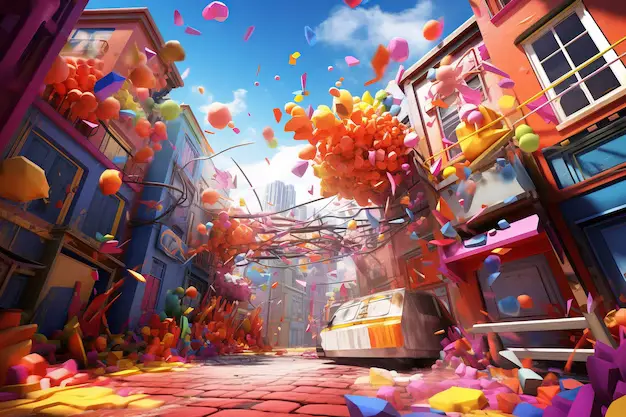
16:9 (Widescreen aspect ratio)

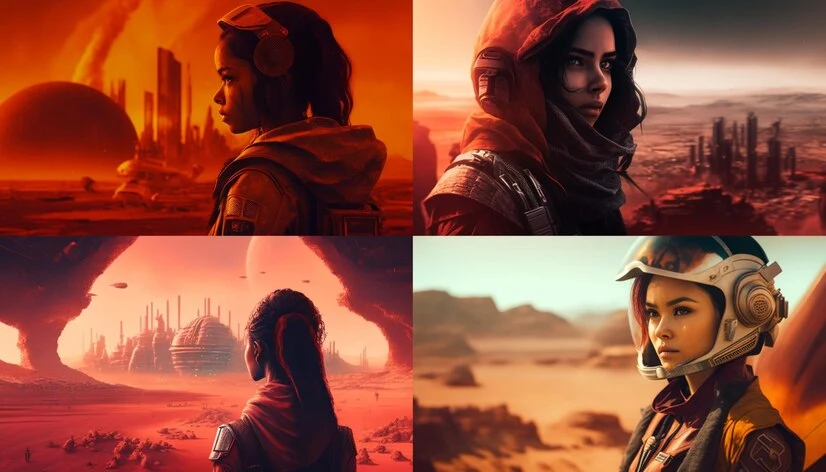
2:3 (Portrait-oriented aspect ratio)
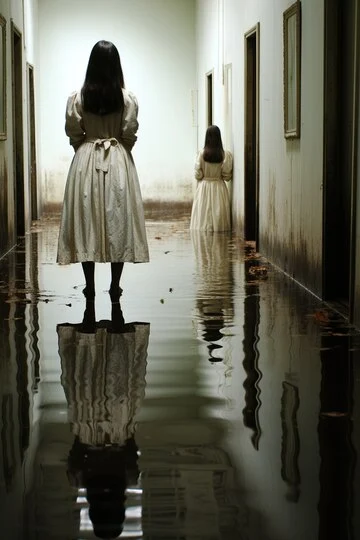
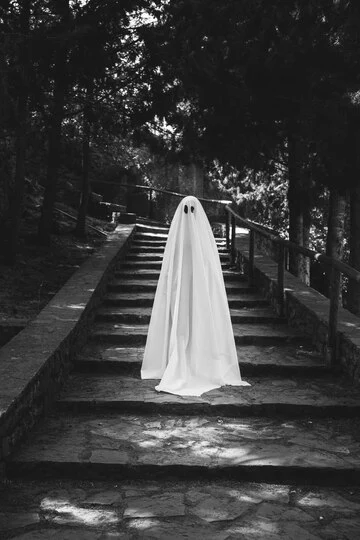
Similarly, there are many more images of different ratios adjustable to different screens and suitable for different platforms
How MidJourney Aspect Ratio is important?
The midjourney aspect ratio, which is important for responsive design, controls how content changes when users engage with it on different devices. By ensuring visual coherence, it maximizes the display of material on both desktop and mobile devices. At crucial breakpoints, this ratio—which specifies how items shift without distorting—maintains readability, image quality, and user experience. Through consistent design and content across several screens, it promotes fluid interaction, improving accessibility and user experience. In order to maintain user interest and provide straightforward browsing experiences in today’s multi-device landscape, this aspect ratio fills in design gaps and allows for consistent and appealing presentation.
Challenges and Solutions with Aspect Ratios
Despite their creative potential, aspect ratios pose challenges related to compatibility and editing while using its prompts Techniques for adapting content to different ratios and screens are essential to maintain visual integrity across platforms.
Aspect Ratios in Various Industries
Aspect ratios’ parameters influence extends beyond the world of film and television. In advertising, marketing, and social media, their strategic implementation can elevate brand messaging and audience engagement. Understanding their impact across diverse industries is important for effective communication.
Tips for Optimizing Content with Aspect Ratios
Insights into editing and production techniques help in effectively leveraging aspect ratios. Engaging the audience demands an understanding of how to use ratios to accentuate storytelling elements.
Conclusion
Midjourney aspect ratios remain an integral component of visual storytelling. Understanding their significance, challenges, and potential enables content creators to craft compelling storytelling that resonate across diverse screens and platforms.




